 Your new post is loading...
 Your new post is loading...
As more companies and more industries buy into the benefits of social media and community development, the number of job opportunities available for professionals with community-building skills also continue to grow.
Companies are looking for professionals who can blend their skills to effectively deliver updates to a community, but also have the ability to tap into that community to collect feedback for a company to use for improving its product or delivering its message.
While the job opportunities grow, so to do the number of professionals who include community skills on their resumes and profiles. On LinkedIn alone, the number of people who have added "Community Management" to their skills list is up 46% year-over-year.
But being a quality community manager goes beyond having the knowledge and background to use social media networks. Here are 10 qualities a community manager should possess to improve the chances of success in the position, according to professionals who work within social media and community today. Learn more / En savoir plus / Mehr erfahren: http://www.scoop.it/t/21st-century-learning-and-teaching/?&tag=Digital+Skills
Via Gust MEES
Preparing a child for the world that doesn’t yet exist is not an easy task for any teacher. Step back and look at that picture from a broad perspective. What are the critical 21st-century skills every learner needs to survive and succeed in our world? What abilities and traits will serve them in a time that’s changing and developing so rapidly?
They want to be challenged and inspired in their learning. They want to collaborate and work with their peers. They want to incorporate the technology they love into their classroom experiences as much as they can. In short, they have just as high a set of expectations of their educators as their educators have of them.
How Are Educators Responding?
The Australian Curriculum Assessment and Reporting Authority, (ACARA), have identified the following as the General Capabilities they see as essential for learners:
Critical and creative thinking
Personal and social capability
Ethical understanding
Intercultural understanding
Information and communication technology capability
Literacy
Numeracy
Learn more / En savoir plus / Mehr erfahren. http://www.scoop.it/t/21st-century-learning-and-teaching/?&tag=modern-education
Via Gust MEES, NextLearning, Jim Lerman
“Skills young people should be learning to be prepared for a career in 2020 include:
The ability to concentrate, to focus deeply.
The ability to distinguish between the “noise” and the message in the ever-growing sea of information. The ability to do public problem solving through cooperative work. The ability to search effectively for information and to be able to discern the quality and veracity of the information one finds and then communicate these findings well. Synthesizing skills (being able to bring together details from many sources). The capability to be futures-minded through formal education in the practices of horizon-scanning, trends analysis and strategic foresight.” Learn more / En savoir plus / Mehr erfahren: https://gustmees.wordpress.com/2015/05/26/what-are-the-skills-needed-from-students-in-the-future/
Via Gust MEES
In 21st Century LEARNers Know THEIR LEARNing Path. WHAT is "Professional LEARNing"!? Well, it is DIFFERENT from normal (?) LEARNing as it provides the Students, LEARNers THE "LEARNing Path" and...
Via Gust MEES
Despite well-founded concerns around corporate and government surveillance when using social media platforms, there are nevertheless a number of unique opportunities that they provide. We should use these platforms with our eyes open, and encourage learners to do likewise. The following three advantages of social media presuppose teaching in a way that includes social media as part of the everyday learner journey.
1. Access to expertise 2. Developing professional networks 3. Teacher automation Learn more: - http://www.scoop.it/t/social-media-and-its-influence
Via juandoming, Gust MEES
In addition to thinking about tools that help boost educators’ teaching practice, this moment might be a good time to pull back and think about some big-picture ideals, too. Here are a few to consider.
Learn more:
- https://gustmees.wordpress.com/?s=PracTICE
Via Gust MEES
Content Curation Takes Time
Drop-dead simple advice on keeping intruders' hands off your account, spotting phishing attempts and more. To do that, it's added a new security collection called How to Keep Your Account Secure to the Privacy Basics page. The topics cover setting a strong password, spotting attempts to steal passwords and other info, details on how Facebook handles government requests for information, and advice on what to do if your account gets hijacked.
Via Gust MEES
|
New ways of learning, owing much to digital technology and scientific research, are empowering students and business trainees. The challenge we face is that learning is often not built to fit the learners,” says Dr Itiel Dror, a cognitive neuroscientist from University College London. “There is a mismatch between the learning and the learners. Learning must be ‘brain friendly’, so it’s engaging, motivating and effective. The sector is being forced to step up its game. Since education operates in a world where millennials now check their phones more than 100 times a day, e-learning solutions must compete aggressively with the likes of Facebook, Twitter, Snapchat and Candy Crush, which are just a distracting tap away. “The use of technology, by itself, does not enhance learning, it depends on how it’s utilised. That is a great challenge and we are far from using technology to its full potential,” says Dr Dror, a world expert on learning. The problem lies with most educational systems, globally. Since Victorian times, they’ve been creating mostly dependent learners. Beyond the classroom, students are like fish out of water, gasping for air. They’re reliant on the oxygen of teachers, discipline and schooling to acquire new skills. This isn’t necessarily creating self-starters thirsty for knowledge and masters of their own learning. Self-directed strategies are increasingly needed because a dependent-learner strategy cannot keep pace with the latest business developments, says Vincent Belliveau, executive vice president of Cornerstone OnDemand. The true democratisation of education is now in full swing. “If we want to reach a level of greater learning empowerment, we must provide learners with the authority to be able to curate their own content and the resources to facilitate this. It’s only then that we will truly find learning empowerment,” Mr Belliveau concludes. The tools are all in place. It’s only a matter of time. Learn more/ En savoir plus / Mehr erfahren: https://gustmees.wordpress.com/2014/03/29/practice-learning-to-learn/ https://gustmees.wordpress.com/2015/07/19/learning-path-for-professional-21st-century-learning-by-ict-practice/ https://gustmees.wordpress.com/2014/10/03/design-the-learning-of-your-learners-students-ideas/
Via Stephania Savva, Ph.D, Gust MEES
For years, Finland has been the by-word for a successful education system, perched at the top of international league tables for literacy and numeracy. . Pasi Silander, the city’s development manager, explained: “What we need now is a different kind of education to prepare people for working life. . “Young people use quite advanced computers. In the past the banks had lots of bank clerks totting up figures but now that has totally changed. . “We therefore have to make the changes in education that are necessary for industry and modern society.” . Subject-specific lessons – an hour of history in the morning, an hour of geography in the afternoon – are already being phased out for 16-year-olds in the city’s upper schools. They are being replaced by what the Finns call “phenomenon” teaching – or teaching by topic. For instance, a teenager studying a vocational course might take “cafeteria services” lessons, which would include elements of maths, languages (to help serve foreign customers), writing skills and communication skills. . More academic pupils would be taught cross-subject topics such as the European Union - which would merge elements of economics, history (of the countries involved), languages and geography. .
Via Gust MEES, John Rudkin, Shaona Williams, Jim Lerman
We are becoming increasingly aware of the need to analyze the enormous amount of information we receive every day. This information helps us in our cognitive development and participates in the construction of our patterns of perception of reality. In the case of children and young people, these patterns are in continual development. Critical thought is a cognitive process that proposes the systematic analysis of information, opinion and statements that we accept in our daily life as valid or true. It is a basic skill for a competent, free and responsible citizen. It is not about questioning every information we get everyday, it is about being critical with the information that is relevant to us when we make up an opinion about something. Learn more / En savoir plus / Mehr erfahren: http://www.scoop.it/t/21st-century-learning-and-teaching?tag=Critical-Thinking
Via Gust MEES
Am 22. Oktober fand im Alvisse Hotel in Dommeldange die erste „Cryptoparty for Kids“ im Rahmen der Hack.lu statt.An die zwanzig Kinder im Alter von 7 bis 12 hatten sich zu diesem BEE SECURE Event eingefunden und erhielten umfassende Erklärungen zu den gegenwärtigen Informations- und Kommunikationstechnologien und wie sie sich mit existierenden Sicherheits-Methoden gegen Gefahren im Internet schützen können. Desweiteren wurden sie spielerisch in die Kunst der Verschlüsselung eingeführt.
Via Gust MEES
This concept of connection with the community is an exciting and interesting part of the Wayfinding Academy. While there will be some core courses of study for each student, Michelle envisions learning experiences where you walk into the room and find it hard to tell who is professor, full-time student, and who is a community member participating for personal growth and interest. It is a vision for an open learning community, one that blurs the distinctions between what happens in the school and what happens in the community. Students will spend signficant time in the community, and community members will hopefully be engaged and present in the school. As I listened to Michelle explain this vision, I pictured a community where the role of teacher and student is played by all.
Via Gust MEES, Dean J. Fusto
5 reasons we stop with first questions: Image protection. We don’t want to look like we have something to learn.Time pressure. We don’t have time to gain wisdom.Curiosity deficit. We just aren’t curious.Respect shortage. The person talking is “below” us. They’re younger, less successful, or less experienced.Self importance. Big headitis destroys leaders. No one makes you wise. Learn more: - http://www.scoop.it/t/21st-century-learning-and-teaching/?tag=LeaderShip
Via Gust MEES
So what does tomorrow’s leader look like? Here are four traits on the rise: Part of the team. For a millennial workforce, working collaboratively is key – and that includes the chance to challenge and question the boss. Great leaders will spend time meeting their staff and really listening to what they have to say.Admitting mistakes. Authenticity rules, and that might mean having the courage and conviction to admit lack of knowledge or making the wrong call. Humility is critical, particularly in an age of transparency and public accountability.Multi-sector experience. Millennials are far more likely to move between jobs and sectors as they develop their career, and they’ll expect their leaders to have the same breadth of experience. The journey from shop floor to CEO isn’t as relevant for tomorrow’s workforce.Female characteristics. It’s still a shocking truth that 5% of Fortune 500 positions go to women, but the evidence shows that businesses benefit enormously from behavioural traits often considered to be female, such as emotional intelligence, diplomacy and complex social skills. Women make great leaders.
Via Gust MEES
Today teams are more dysfunctional than ever. There is more back stabbing, bickering, gossiping than I have ever seen in my life time. We see it in business, in congress, in communities across the USA and the world. Differences have created battle lines instead of being welcomed as complementary strengths. Why is this? People are generally good, right. Yet clearly people working TOGETHER is wanting. In my research, even top business firms with great strategy, talent, training, product, tech, capital etc. are not really operating as a team – but rather as a breeding place for conflict between people. This is tragic. The human toll and loss in performance is mind boggling. Simply, we have come to a time in our human history where we need to take a deep look at this dynamic and see what is happening and apply new solutions that actually unify, in our communities and organizations. Learn more: - https://gustmees.wordpress.com/2014/07/10/education-collaboration-and-coaching-the-future/ - https://gustmees.wordpress.com/2015/03/15/professional-development-why-educators-and-teachers-cant-catch-up-that-quickly-and-how-to-change-it/
Via Mark E. Deschaine, PhD, Gust MEES
“In digital marketing, there is always a new trend, a new technology or a new way of thinking to take into account. But there is still a place for the humble blog.”Source: www.adweek.co...
Via Gust MEES
Content Curation Takes Time
|



 Your new post is loading...
Your new post is loading...







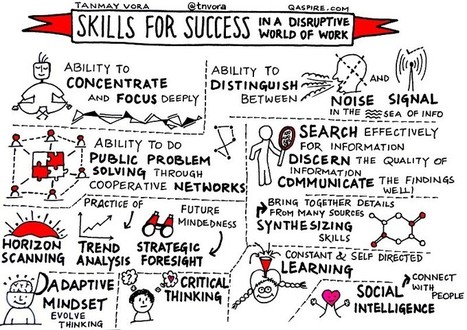



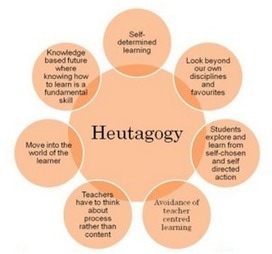


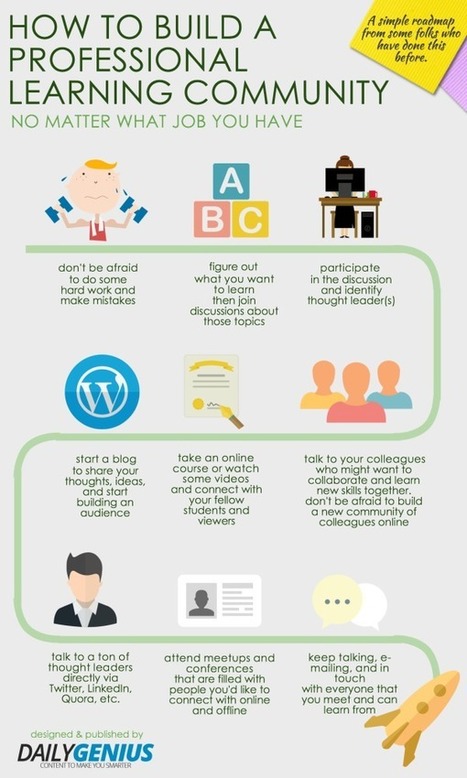









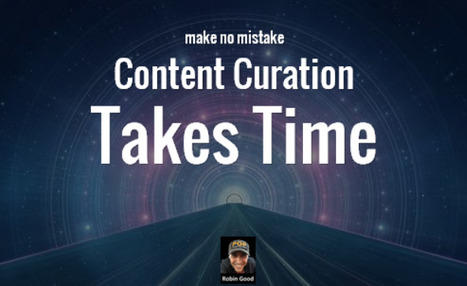











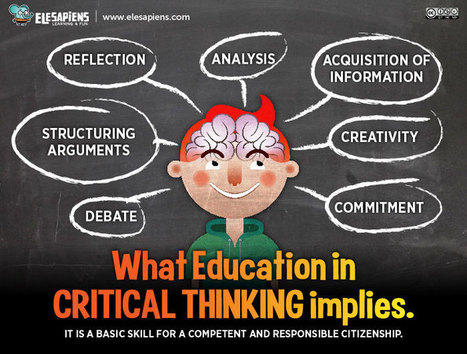
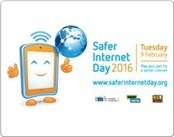




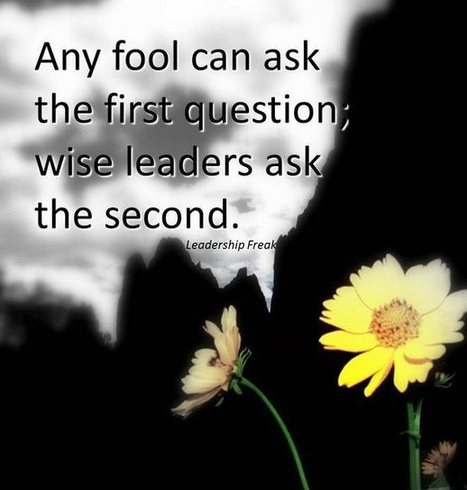



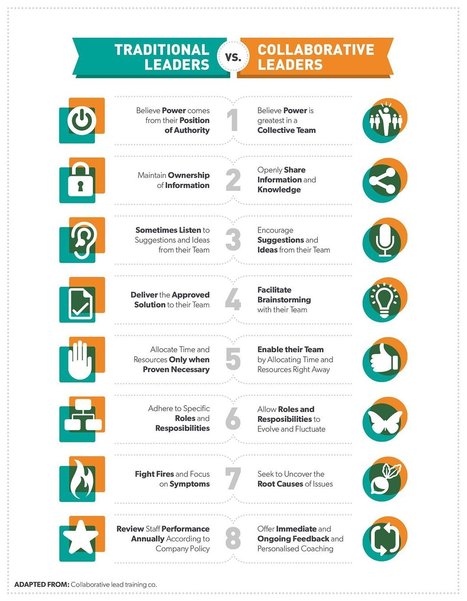







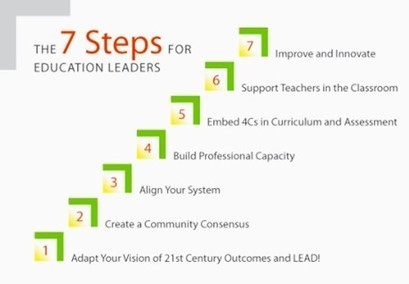







Learn more / En savoir plus / Mehr erfahren:
http://www.scoop.it/t/21st-century-learning-and-teaching/?&tag=Digital+Skills